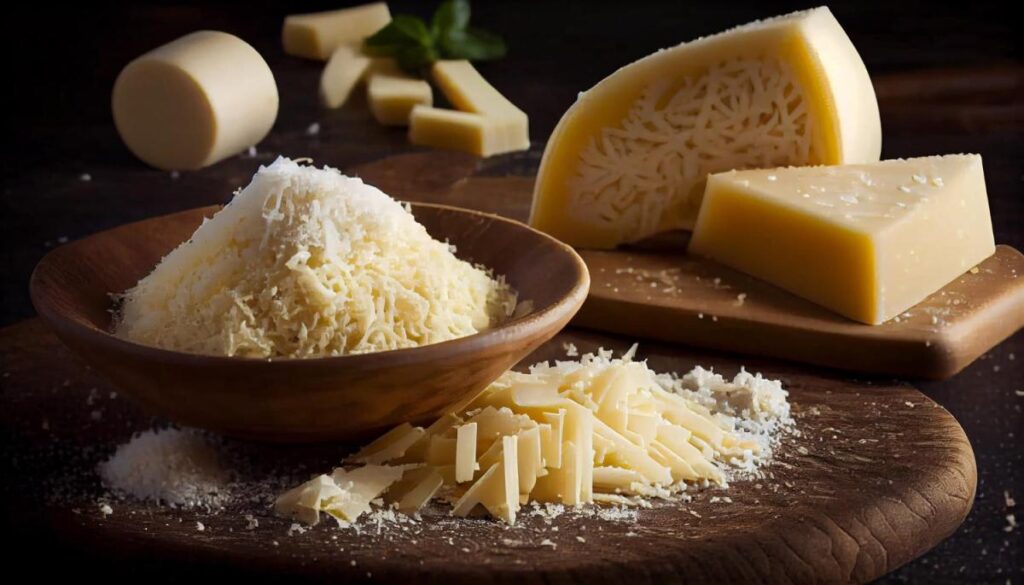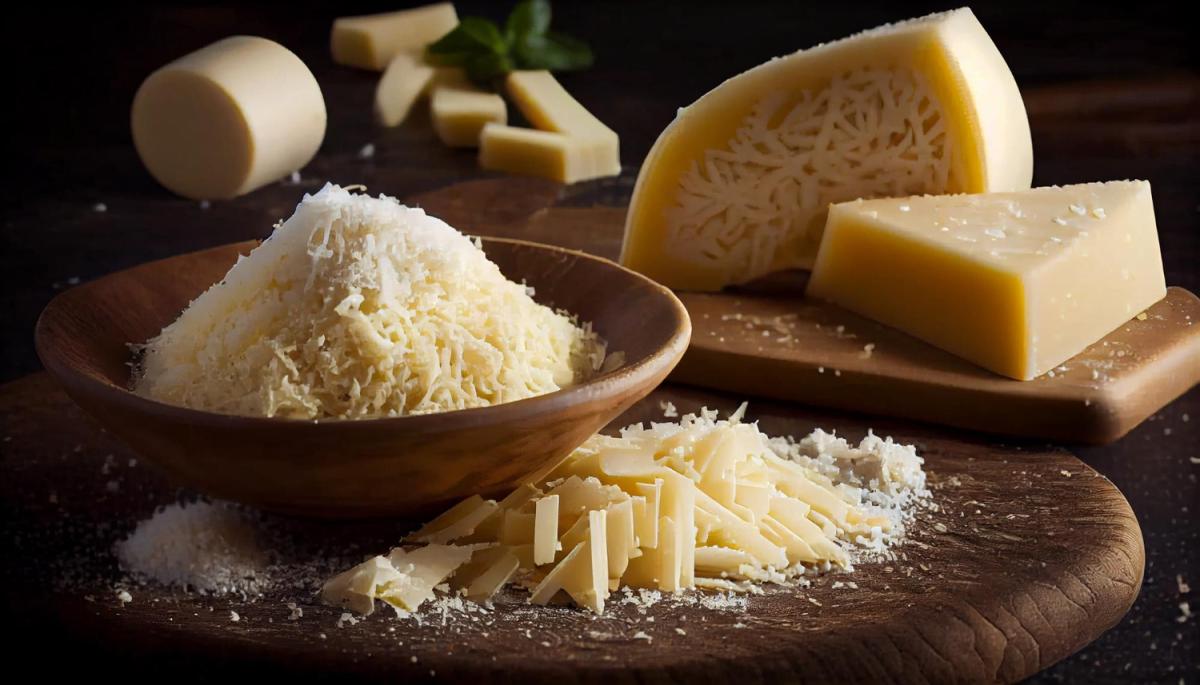When it comes to Italian cuisine, one ingredient that stands out for its unique flavor and versatility is Parmesan cheese.
This iconic cheese has a rich history and a long-standing tradition in Italy, making it a staple in many dishes around the world.
In this article, we will take a journey through the origins, production process, and cultural significance of Parmesan cheese.
The Origins of Parmesan Cheese
The story of Parmesan cheese dates back to the Middle Ages in the region of Emilia-Romagna, Italy. It is believed that Benedictine monks were the first to produce this cheese in the 12th century.
They used it as a way to preserve milk during the winter months when fresh milk was scarce. Over time, the production techniques were refined, and Parmesan cheese became a highly sought-after delicacy.
The Production Process
The production of Parmesan cheese is a meticulous and time-consuming process that requires skill and expertise. It starts with the milking of cows, preferably of the Holstein breed, which produce milk with the ideal fat content for cheese making. The milk is then heated and mixed with rennet, a natural enzyme that helps coagulate the milk.
Once the milk has coagulated, it is cut into small pieces and heated again. This process separates the curds from the whey. The curds are then collected and placed into molds, where they are pressed to remove any excess liquid.
After this, the cheese is left to age for a minimum of 12 months, although some Parmesan cheeses are aged for up to 36 months.
The Aging Process
The aging process is crucial to the development of Parmesan cheese’s unique flavor and texture. During this time, the cheese undergoes a series of chemical reactions that break down proteins and fats, resulting in a complex and nutty flavor.
The cheese is carefully monitored and turned regularly to ensure even aging and prevent the growth of mold.
The Cultural Significance of Parmesan Cheese
Parmesan cheese holds a special place in Italian culture and cuisine. It is not only a key ingredient in many traditional Italian dishes but also a symbol of quality and craftsmanship.
In fact, Parmesan cheese is protected by the European Union’s Protected Designation of Origin (PDO) status, which ensures that only cheese produced in specific regions of Italy can be labeled as Parmesan.
Italian families take great pride in their Parmesan cheese, often passing down production techniques and recipes from generation to generation. It is not uncommon to find small, family-owned dairies in Italy that have been producing Parmesan cheese for centuries.
These dairies adhere to strict production standards and use traditional methods to ensure the highest quality cheese.
Parmesan Cheese in Italian Cuisine
Parmesan cheese is a versatile ingredient that adds depth and flavor to a wide range of dishes. It is commonly grated over pasta, risotto, and soups, enhancing their taste and texture.
It is also a popular choice for salads, where its sharp and salty flavor complements the freshness of the greens.
One classic Italian dish that showcases the unique flavor of Parmesan cheese is the famous risotto alla parmigiana.
This creamy rice dish is made with Arborio rice, chicken broth, butter, and Parmesan cheese. The cheese is added at the end of the cooking process, giving the risotto a rich and velvety texture.
The Economic Impact of Parmesan Cheese
Parmesan cheese is not only a culinary delight but also a significant contributor to the Italian economy. The production of Parmesan cheese supports thousands of jobs in the dairy industry, from farmers and cheesemakers to distributors and retailers.
It is estimated that the Parmesan cheese industry generates billions of euros in revenue each year.
Furthermore, Parmesan cheese plays a vital role in the export market, with a significant portion of production being sold abroad. Countries such as the United States, France, and Germany are among the largest importers of Parmesan cheese.
Get the news first!
This international demand not only boosts the Italian economy but also promotes Italian culture and cuisine around the world.
Conclusion: A Taste of Tradition
Parmesan cheese is more than just a delicious ingredient; it is a symbol of Italian tradition and craftsmanship.
From its humble origins in the monasteries of Emilia-Romagna to its status as a protected and highly sought-after cheese, Parmesan has stood the test of time. Its unique flavor and versatility have made it a staple in kitchens worldwide, and its economic impact cannot be overstated.
So, the next time you sprinkle Parmesan cheese over your pasta or savor its nutty flavor in a risotto, remember the journey it has taken to reach your plate. Parmesan cheese truly is a taste of tradition.

Make Cheese!
